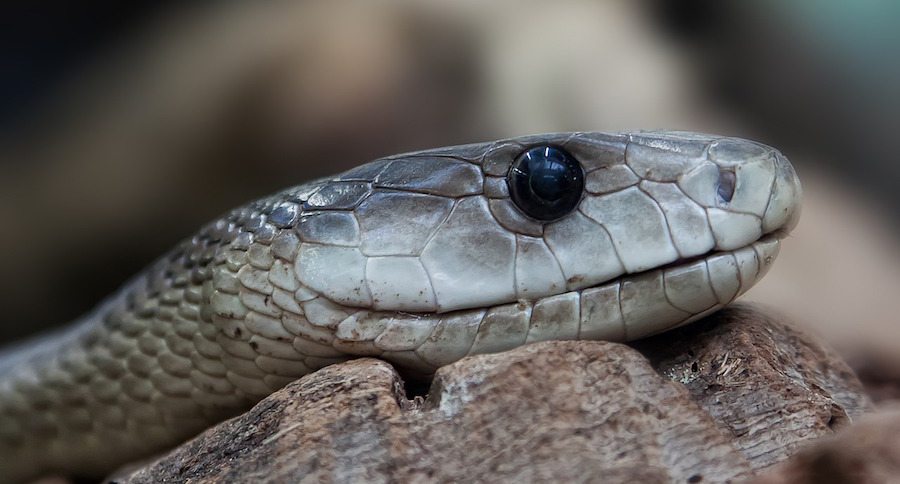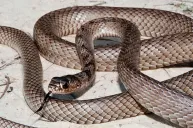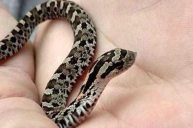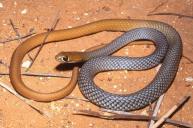Research on the evolution of snakes has determined that they evolved from lizards.
The how of that transition from their common ancestor, though, has been the subject of ongoing controversy in the scientific community. This is largely due to a dearth of fossil evidence.
For over a century, biologists and paleontologists have debated over three competing theories regarding the living environment of the earliest snake species: were they worm-like burrowers, aquatic-dwelling sea snakes, or terrestrial?
In an attempt to shed some light on the debate, researchers from the University of Helsinki launched a study of lizard and snake skull structure, hypothesizing that information about the habitats of early snakes could be gleaned from the size and shape of the animals' skulls. Their findings suggest that the transition from a surface-terrestrial lifestyle to a burrowing one was a critical step in the lizard-snake evolutionary process.
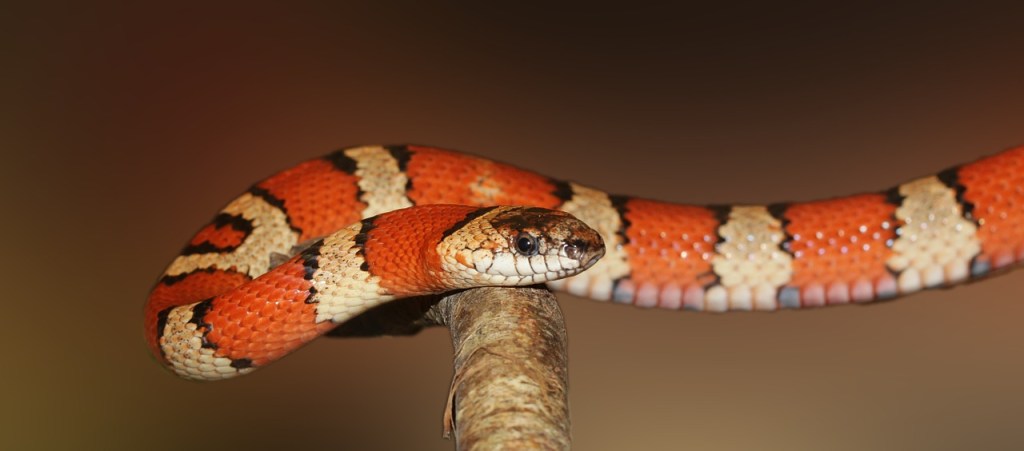
In the study, the team compared the skull size and shape of more than 300 species of lizards and snakes at both embryonic and adult stages. According to Associate Professor Nicolas Di-Poï, of the University of Helsinki's Institute of Biotechnology, "The diversity in cranial structure is remarkable and appears to be tightly linked to ecological habitat modes and diet preferences in lizards and snakes."
Study lead author, Filipe Oliveira da Silva, notes that the evolution and diversification of snakes was anything but a simple, linear progression. Rather, it was the result of the interplay of simultaneous forces including natural selection and developmental processes. This interplay led snakes to adapt to a new, underground habitat, and eventually, to their widespread colonization of many other types of habitats: forests, deserts, prairies, and marshes.
It is also quite difficult to study the history of snake evolution since fossils are so delicate and are very rarely intact. The snake fossils that have been found however, possess hind legs and date back to the Cretaceous period. Modern snakes like pythons and boas even have vestigial hind limbs along the pelvic girdle that help with mating.
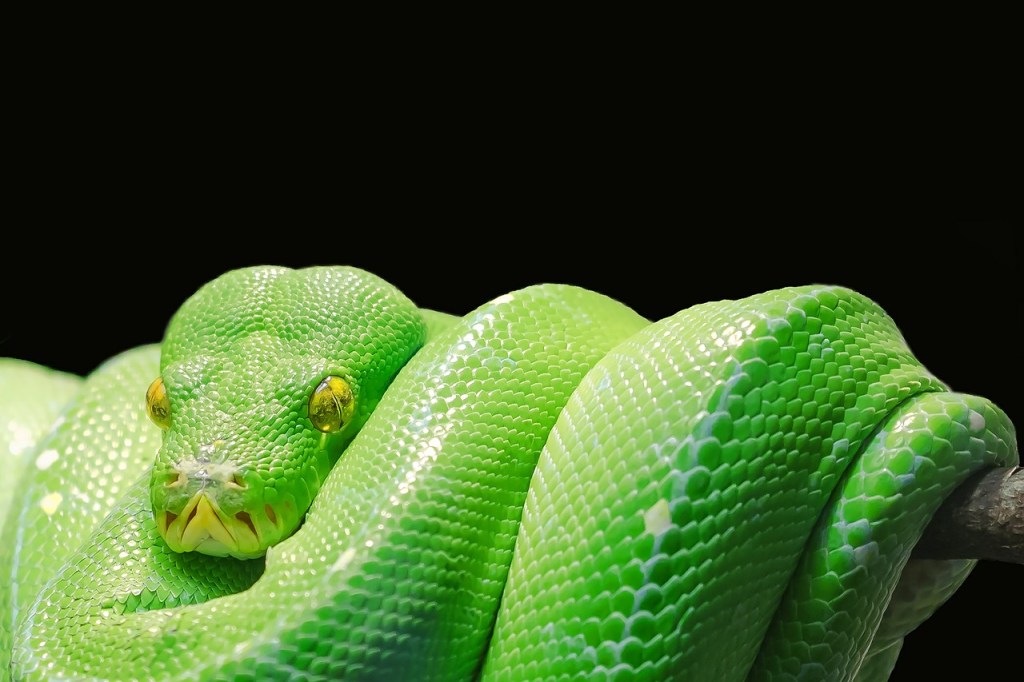
In order to collect specimens from all major groups of lizards and snakes, the researchers used a collaborative approach, working with natural history museums and their fossil records, digital libraries, and scientists from other parts of the world.
The team's next step will be to boost the credibility of their findings by honing in on the nuanced developmental mechanisms that will provide insight into the incredible diversity of reptilian skull structure.
The study was published in Nature Communications and you can check it out here.
What do you think about this illuminating new research? Let us know in the comments section!
WATCH NOW: Learn About the Hognose Snake!
